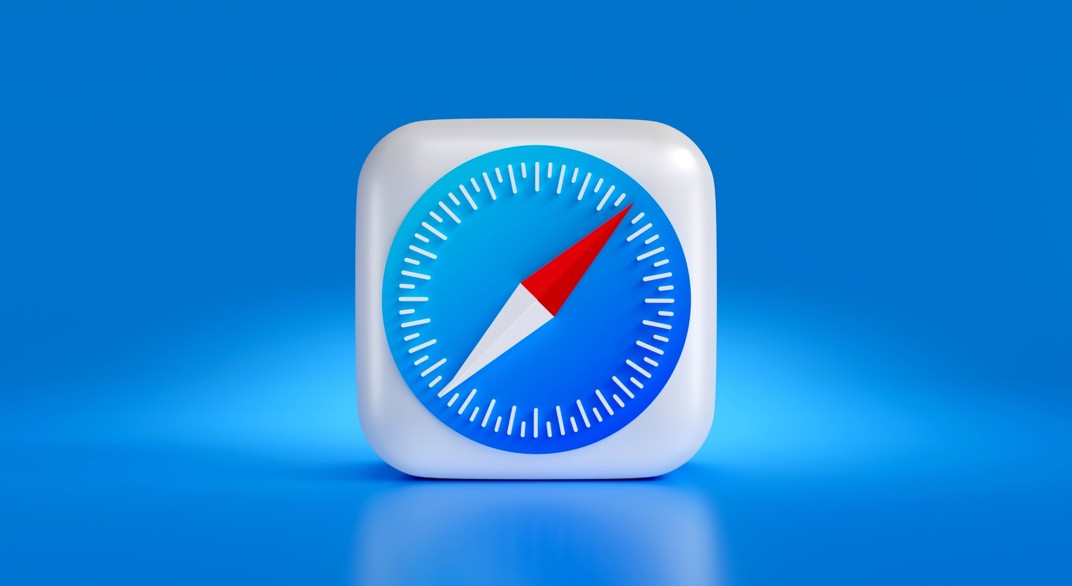
Did you just search for “Safari Bowser history”? If so, you’re not alone! It’s a delightful little mix-up that conjures images of Apple’s sleek web browser battling Nintendo’s iconic King Koopa. While the thought of Bowser somehow influencing Safari’s development is quite amusing, the truth is a little less fiery, and a lot more… digital.
Let’s clear the air and then dive into the actual fascinating history of Safari, the browser.
The Great Browser vs. Bowser Mix-Up
For clarity, let’s define our terms:
- Safari: Apple’s proprietary web browser, first released in 2003. It’s known for its speed, privacy features, and deep integration with the Apple ecosystem (macOS, iOS, iPadOS).
- Bowser: The primary antagonist in Nintendo’s Mario franchise, a giant, fire-breathing turtle-like creature who constantly kidnaps Princess Peach.
So, while Bowser certainly has a rich and storied history of villainy in the gaming world, he has absolutely no direct connection to the development or evolution of the Safari web browser. The similarity in sound between “browser” and “Bowser” is simply a fun linguistic coincidence!
Now that we’ve cleared up that delightful misunderstanding, let’s dive into the real history.
The Genesis of Safari: Apple’s Bold Bet Beyond Internet Explorer
Before Safari, the landscape for web browsing on Apple’s Mac computers was dominated by Microsoft’s Internet Explorer for Mac. While functional, it wasn’t a browser built with Apple’s design philosophy or long-term vision in mind. Apple wanted control over the web experience on its own machines.
2003: The Big Reveal
On January 7, 2003, at Macworld San Francisco, Steve Jobs made a major announcement: Apple was introducing its own web browser, Safari. It was a bold move, signaling Apple’s intent to control the entire user experience on the Mac, from hardware to software, and now, to the internet itself.
- The Engine: Safari was built on WebKit, an open-source rendering engine primarily derived from KDE’s KHTML and KJS engines. This choice was significant, as it laid the groundwork for a fast, standards-compliant browser.
- Initial Reception: Safari quickly gained popularity among Mac users for its speed and sleek interface, which felt more “Apple-like” than its competitors. It introduced features like a built-in search bar (a novelty at the time) and a simplified bookmarking system.
2007: The iPhone Revolution
While Safari was a strong desktop browser, its true transformative moment came with the launch of the iPhone in 2007. When Steve Jobs famously demonstrated the “internet in your pocket,” he was showcasing a mobile version of Safari.
- Mobile First: Safari on iOS wasn’t just a shrunken-down desktop browser; it was designed from the ground up for touch interaction and mobile constraints. It revolutionized how people accessed the web on the go, proving that a full web experience was possible on a small screen.
- A New Standard: Safari Mobile set a new standard for mobile browsing, prompting other companies to develop their own sophisticated mobile browsers.
Safari’s Evolution: Speed, Security, and Privacy
Over the years, Safari has continued to evolve, consistently focusing on key areas:
- Speed & Performance: Apple has continually optimized Safari to be one of the fastest browsers, particularly on its own hardware, leveraging deep integration between software and silicon.
- Security: Regular updates address vulnerabilities and protect users from malicious websites and phishing attempts.
- Privacy: This has become Safari’s defining feature.
- Intelligent Tracking Prevention (ITP): Introduced in 2017, ITP uses machine learning to identify and block third-party trackers, significantly limiting cross-site tracking and protecting user data from advertisers.
- Privacy Report: A feature that shows users which trackers Safari has prevented from profiling them on specific websites.
- Password Monitoring: Safari alerts users if their saved passwords have been compromised in data breaches.
- Hide My Email: An iCloud+ feature that allows users to create unique, random email addresses to protect their real email.
Key Milestones:
- 2007-2012: Windows Version: For a period, Apple even offered Safari for Windows, aiming to expand its reach. However, this was eventually discontinued as Apple refocused on its core platforms.
- 2010: iPad Launch: Safari was central to the iPad experience, bringing a larger-screen tablet browsing experience to the masses.
- Ongoing Updates: With every major macOS, iOS, and iPadOS release, Safari receives significant updates, introducing new features, improving performance, and enhancing privacy protections.
Safari Today: An Apple Ecosystem Staple
Today, Safari remains the default and most widely used browser across Apple’s ecosystem. While it faces strong competition from Chrome, Firefox, and Edge, it holds a unique position due to its:
- Deep Integration: Seamless handover of tabs between devices, shared passwords, Apple Pay integration, and iCloud Keychain.
- Unwavering Focus on Privacy: Apple’s commitment to user privacy makes Safari a compelling choice for those concerned about their online data.
- Optimization: Tailored for Apple hardware, it often delivers superior battery life and performance on Macs, iPhones, and iPads.
The Takeaway
So, while we might never see King Bowser surfing the web on an iPhone (unless it’s in a hilarious fan-made animation!), the history of Safari, the browser, is a testament to Apple’s vision for a tightly integrated, secure, and user-friendly internet experience. From its humble beginnings as an alternative to Internet Explorer to its current role as a privacy-focused powerhouse, Safari has truly shaped how millions of people interact with the digital world every single day.







